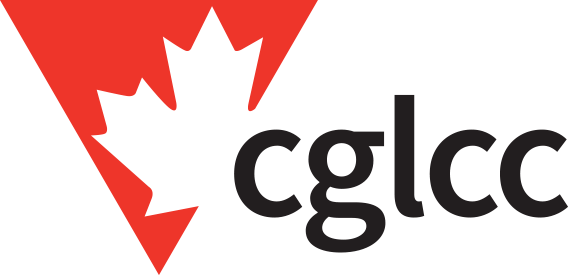What does your B2B buyer’s journey look like? Some companies see it as a voyage with three stages: awareness, education, and enablement. Others break it down into as many as 11 stages. No matter how complicated your funnel is, you should be strategically mapping your content strategy to it. Because when you match your content to the B2B buyer’s journey you maximize the return on your investment.
At Content Innovo, we believe in something we call Intentional Content. Too often, marketing teams create responsive content. The CMO wants a blog post on one topic. The SEO strategist found a keyword they think you should pounce on. There is a conference next month you should likely create a white paper or other sales enablement material for.
In the rush of creating all that content, you never stop to consider whether what you’re creating is hitting all the right customer journey B2B touchpoints. The customer journey for B2B can be complicated – especially with more customers doing research online these days and the increasing complexity of buying teams.
Are you creating content for the lines of business that you’re strategically looking to grow? Is your content aligned with the right personas? Did you write that white paper for the conference at the right buyer’s stage? And if you get top of funnel interest from it, do you have other content created to help draw prospects through the funnel?
Creating Strategic Content for the Buying Journey for B2B Customers
If you’re asking yourself those questions, you need to go back to first principles: your content strategy. Ideally, you should have a content strategy that you’ve created as a marketing team with the input of senior executives, sales, and other key stakeholders in your organization. It will integrate your key messages, your content pillars, your personas, your business goals, and a strategy for how to position your business as a thought leader.
It should then have clearly defined critical/buying events, pain points, and opportunities for each of your lines of business and personas. It should also have content suggestions for each of your buying stages for every pain point, buying event, and opportunity.
That can be as few as three or as many as 11, but typically companies can collapse some of their customer journey B2B touchpoints into three to six stages. Your job is then to prioritize from that list which pieces of content are needed the most and create those.
That’s what we mean by Intentionally Content — that the majority of your content should be created in a strategic and methodical way focused on meeting key business priorities. Not just responding to the urgency of the moment.
It’s okay if you don’t have that in place just yet. We’re going to walk you through how to get there.
A B2B Buyer Journey Example
You might be wondering what a full-funnel content strategy looks like. Let’s say you’re a fintech company selling banking services to start-ups. One big pain point your customers experience is that they aren’t able to get the type of one-to-one service they need at a big bank.
You’ll want to create content for all stages of the buyer’s journey for that pain point. It might look like this:
Awareness
Here you could write a blog post about the banking challenges of startups around a keyword that CFOs might search.
Education
You could then write a white paper about the ways startups can leverage customized banking services to run their companies more efficiently and save money.
Enablement
Finally, you could write a case study that features happy startup customers who have benefited from more personalized and customized services.
Your prospects then might start their journey via a Google search and get value from reading your blog. You might then retarget them with a link to your white paper on LinkedIn. Finally, after you have gathered their email and contact information when they read your white paper, you can send them an email with a link to your case study.
You’ve just created a content flow that has intentionally drawn a prospect further along in their B2B buyer’s journey.
Mapping Your Full Customer Journey for B2B with Content
Now that you have an example, you need to implement it across your company and lines of business. That takes time and strategic thought.
Here are some steps to get the process started:
- Start at the Top: Consult with senior leaders at your company to understand what the business goals are for the next couple of quarters. Which lines of business are they looking to grow? Which new industries are they looking to target.
- Create a List of Pain Points: Rank your pain points according to which are most troublesome to your buyers. Unsure how to rank them? Talk to your sales staff to see what they hear from customers.
- Create content ideas for your top pain points or opportunities: This is where you get into the full funnel part of your strategy. You want to make sure that your content map coheres with your journey. If there are more than three key parts, make sure to create content for each.
- Create a content calendar and plan: This is where you figure out what’s possible. You want to create all this content eventually, but what will that timeline look like? How much will you do this year, this quarter, this month?
- Be flexible: Intentional content is content created with a strategy. But sometimes strategic pieces of content come up that absolutely need to be written. Build flexibility into your B2B buyer’s journey content map. You should be able to take on extra pieces without compromising your calendar or cadence.
Get Support with Your Intentional Content
Creating a plan for intentional content that maps to your buyer’s journey can be a complex process. You’ll need to involve multiple stakeholders and senior decisionmakers involved to do it well. Then you’ll have to validate and socialize your strategy to get approval.
This can be done internally but many companies find that getting outside expertise to help them talk through these issues and come up with a content strategy is helpful. It provides an impartial ear and helps flatten hierarchies so that you can get to the best strategies. Experts in content strategy can also help the process go faster because they already have all the templates created and know how to get to the core of the matter.




